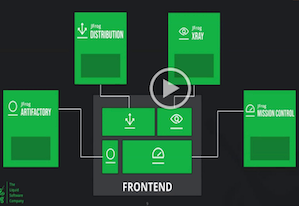Service Mesh Solutions: A Crash Course @ London Microservices – 2020
March 9, 2021
< 1 min read
Service Mesh Solutions: A Crash Course @ London Microservices
You have successfully developed and deployed your microservices architecture, but you find that managing communication between your services and containers is becoming more complex and clumsy as you scale. This talk will provide you with a definition of “service mesh” and what potential roles it can play in your microservices architecture.
View A Crash Course in Service Mesh Solutions on Notist.






